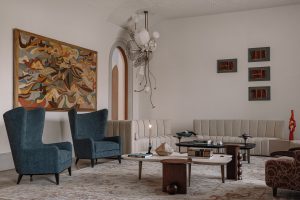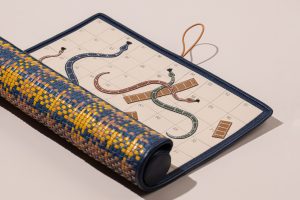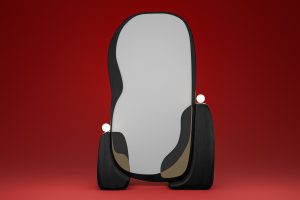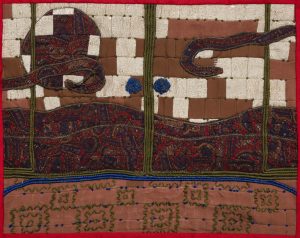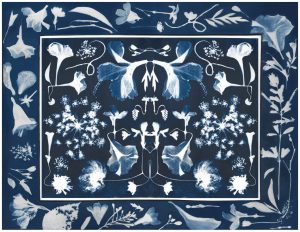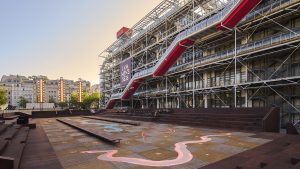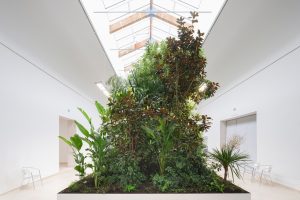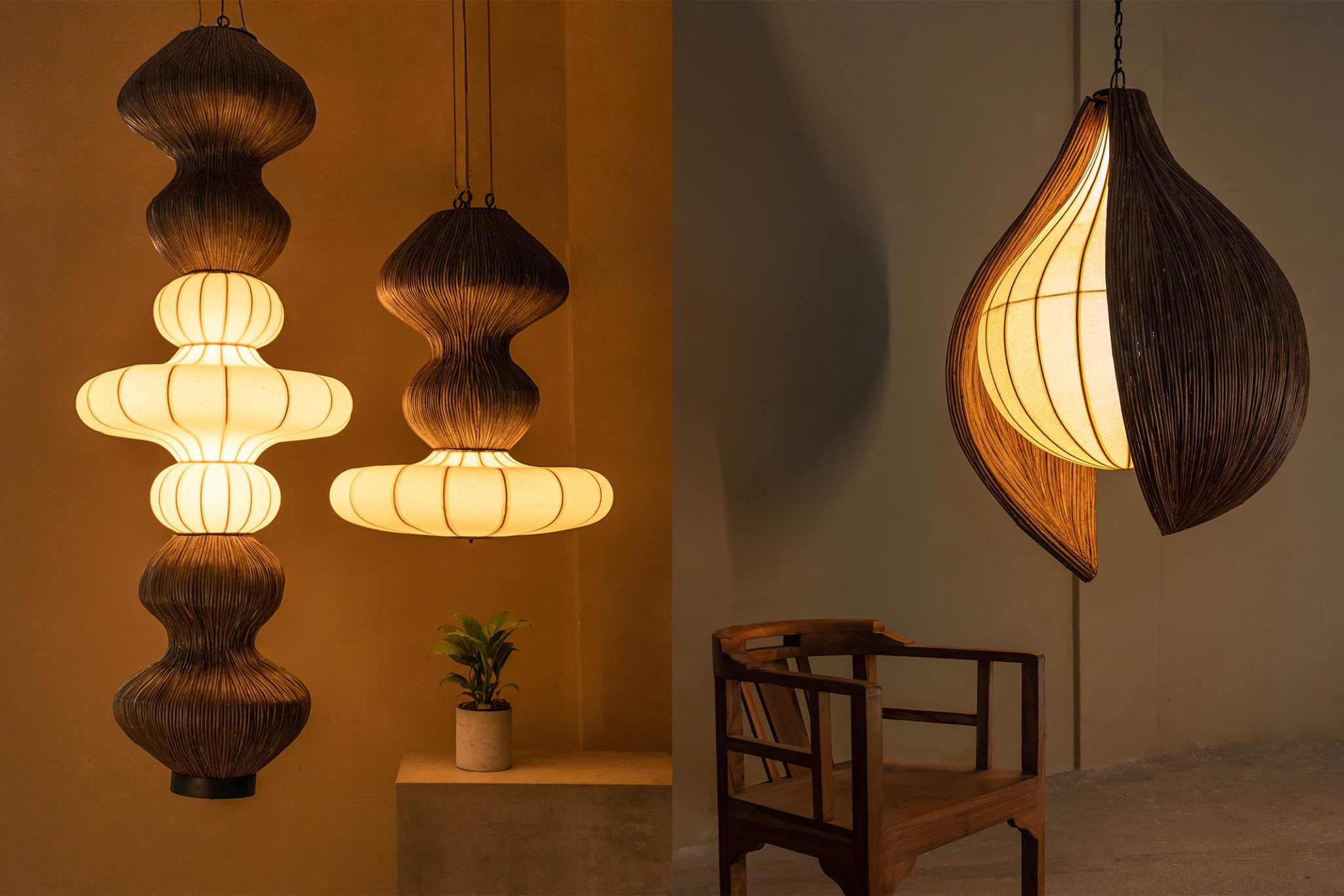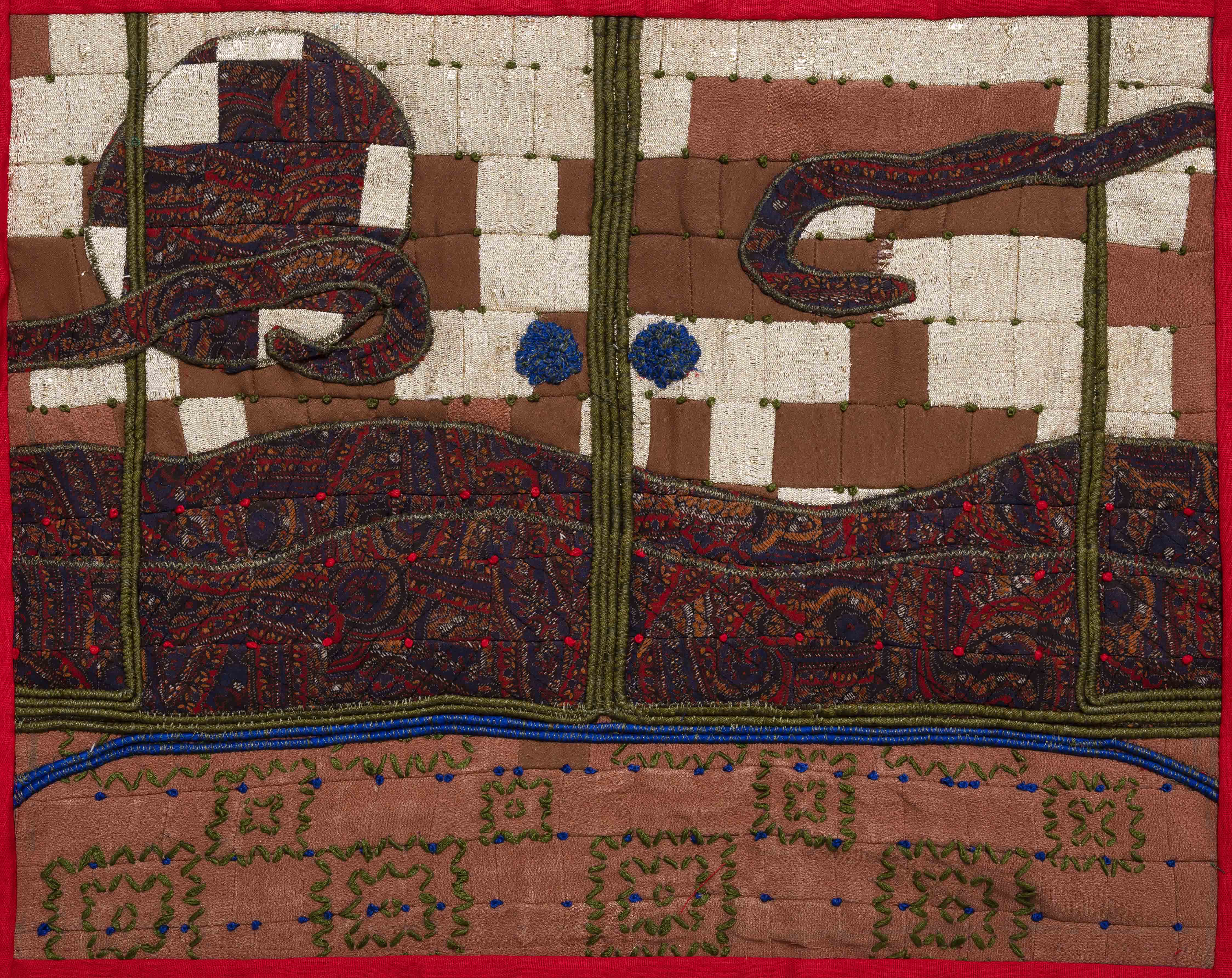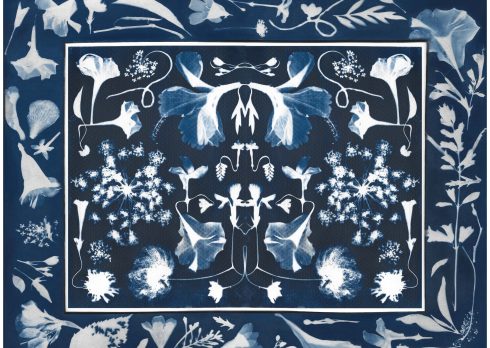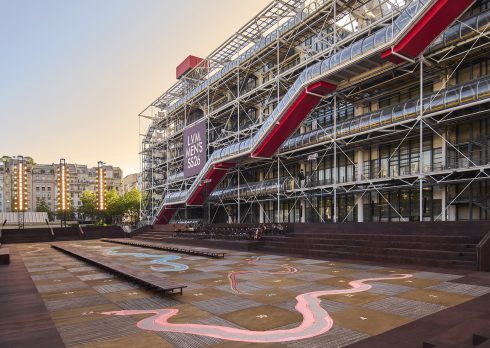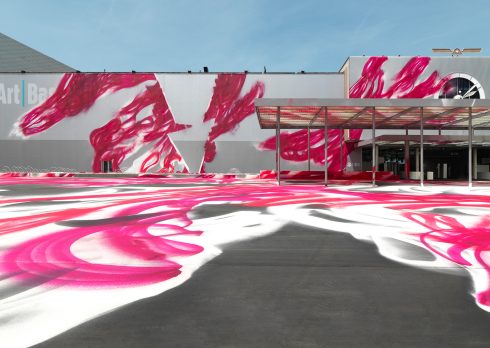With The Artist: Kallol Datta’s Truths, Half-Truths, Half-Lies, Lies Reframes Clothing As Political Art
Merging conceptual art and textile design, Kolkata-based Indian artist Kallol Datta shares how Volume IV: Truths, Half-Truths, Half-Lies, Lies transforms garments into sculptural forms that question cultural memory, body politics, and inherited systems of control.
- 17 Jul '25
- 5:51 pm by Alvira Dsouza
Opening on July 10, 2025, at Experimenter Gallery, Mumbai, designer Kallol Datta unveils a powerful new chapter in their ongoing exploration of textile as resistance. ‘In Volume IV: Truths, Half-Truths, Half-Lies, Lies,’ Datta presents a series of sculptural textile works that push beyond aesthetics—interrogating the politics of memory, gender, concealment, and form. Sourced from donated garments and stitched through traditional clothes-making techniques, the works function not as fashion, but as living documents—repositories of labour, trauma, and encoded histories.
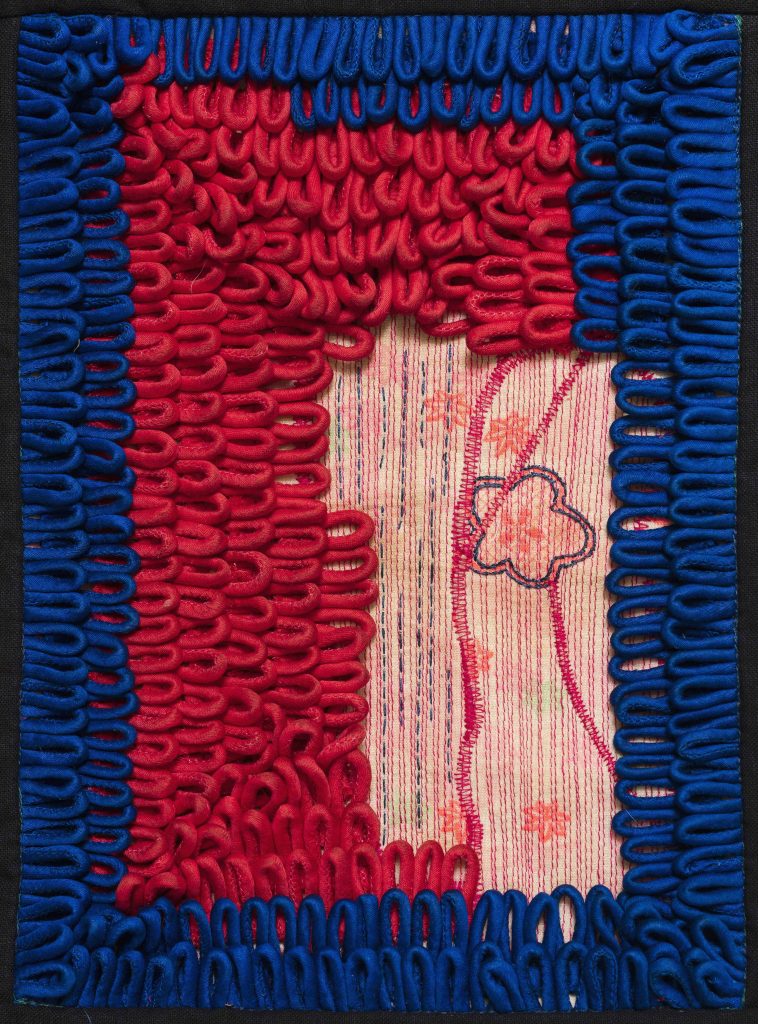
The exhibition’s conceptual spine can be traced to a chance reading in 2022: an excerpt from ‘Lessons for Women’, written by Ban Zhao, China’s first known female historian during the Han dynasty. What began as maternal advice soon became a doctrinal text—travelling across dynasties, borders, and belief systems. Its reach, particularly across Korea and Japan, endures to this day. For Datta, this text became a lens through which to probe the subtleties of obedience, submission, and imposed femininity—recurring themes embedded in the social codes of dress.
In the following conversation, Datta reflects on the emotional charge of materials, the layered tensions embedded in garments, and the deliberate slowness that defines both their method and message.
Design Pataki: You’ve often preferred the term “clothes maker” over designer or artist. We’re curious—how has that self-definition shaped your evolving practice?
Kallol Datta: My long-term research into clothing practices native to South West Asia and North Africa, the Indian Subcontinent, the Korean Peninsula and Japan currently examines the information embedded in clothing related to social codes through the ages. For me, the semantics of practice matter. This isn’t designed for consumption—it’s a careful deconstruction of how clothes have always encoded meaning. I work with donated and found items of clothing and textiles for my projects, and patterns are drafted irrespective of whether the resulting work is a sculpture or framed. The techniques employed in the production process are all clothes-making techniques, which is why ‘clothes maker’ sits very comfortably for me.
Read More: DP Curates: 5 Artisanal Board Games That Turn Summer Downtime Into A Collectable Affair
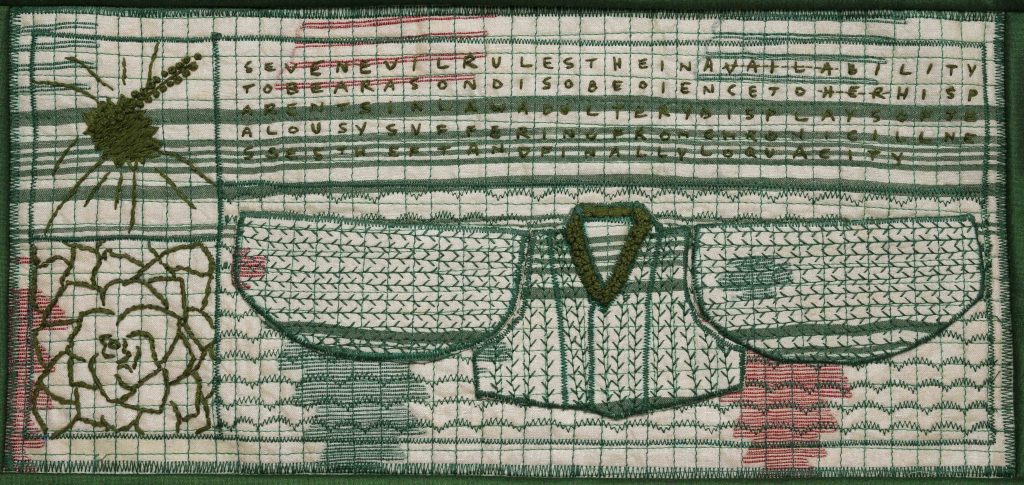
DP: This new exhibition—Volume IV: Truths, Half-Truths, Half-Lies, Lies—marks your first textile-based show in Mumbai. What does it mean to bring this kind of intimate, research-driven work into a contemporary gallery space?
KD: Volume IV is my first solo in Mumbai at Experimenter. I’ve had solos earlier with Experimenter, Kolkata and institutions elsewhere. With a practice rooted in research, I find it important to provide information necessary for the viewer, the observer—as much as they would like to access. The show is more than its visual vocabulary. It’s supported by walkthroughs, learning programmes, and talks—a robust public-facing structure that insists on in all their exhibitions.
“The entire exhibition design and installation of the works is a collaborative, thought-out, and highly sensitive process with care as a connective principle to every aspect of the show,” says Kallol Datta.
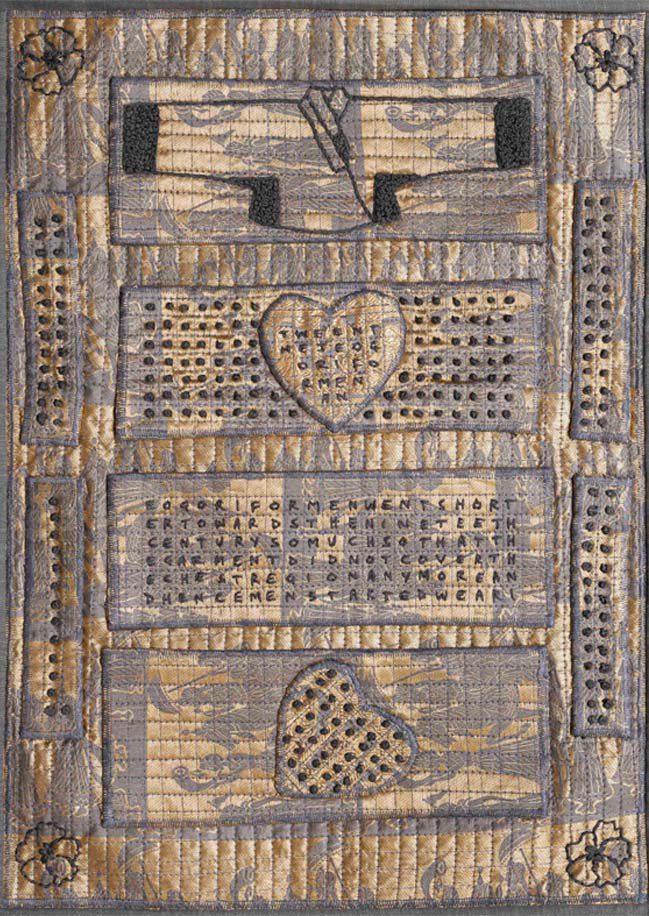
DP: Your work deals with garments as living archives—objects that carry memory, labour, and anonymity. How do you begin to unpack those layers when working with donated clothing?
KD: All the episodic events, memories, and information marked by these objects are revisited, reimagined, and reinterpreted, but also placed within the now. The process of working with found clothing is slow and meditative. Each object carries a ghost, a residue of its wearer, which I consciously hold space for. The unpacking of layers is a slow, deliberate and conscious exercise moving parallel alongside certain branches of research I conduct at the time. It’s startling at times how the past can be a brutal mirror to the present.
Read More: 5 Incredible Homes That Blur The Lines Between Nature And Design
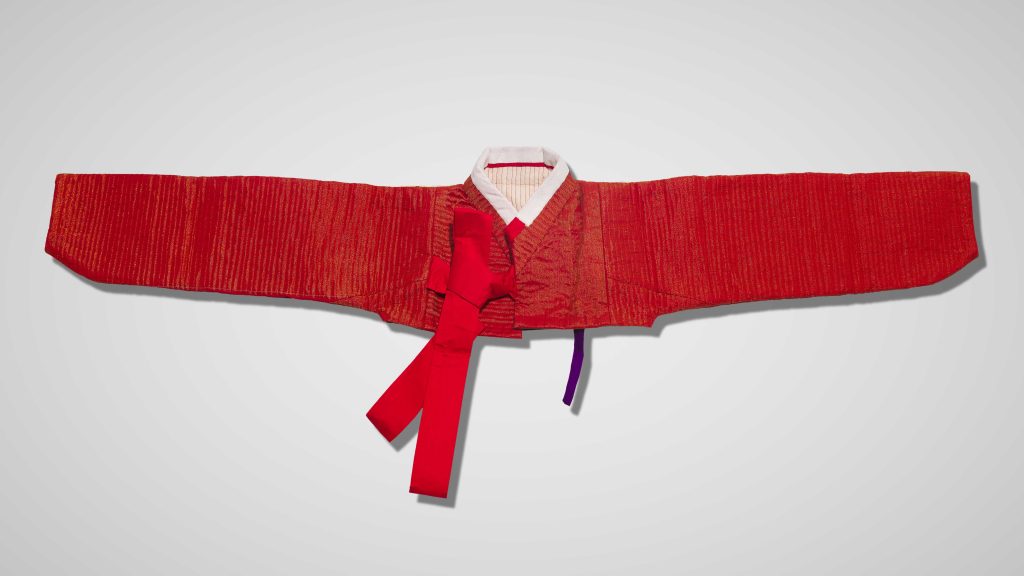
DP: You’ve researched historical and cultural clothing practices from South West Asia, North Africa, Korea, and Japan. How do these regions influence the way you engage with form, concealment, or the politics of the body?
KD: At the onset (more than a decade ago), it was identifying similarities between certain traditional clothing forms across cultures; that, when distilled to a template-like form, bore similarities one couldn’t deny.
Datta’s investigations into silhouettes like the yukata, hanbok, angharakha, and chapkan reveal a layered web of social codes, religious mandates, and colonial residues. “That led to probing of the why—trade, colonialism… to the ‘laws of the land’—the social codes, the sumptuary laws, the religious edicts, and the imperial proclamations of these regions of interest.”
“For instance, worldwide, there is a belief that the act of veiling is an Islamic preoccupation when in reality, veiling predates Islam. As a clothing practice, veiling has existed across cultures, regions, and timelines,” says Kallol Datta.
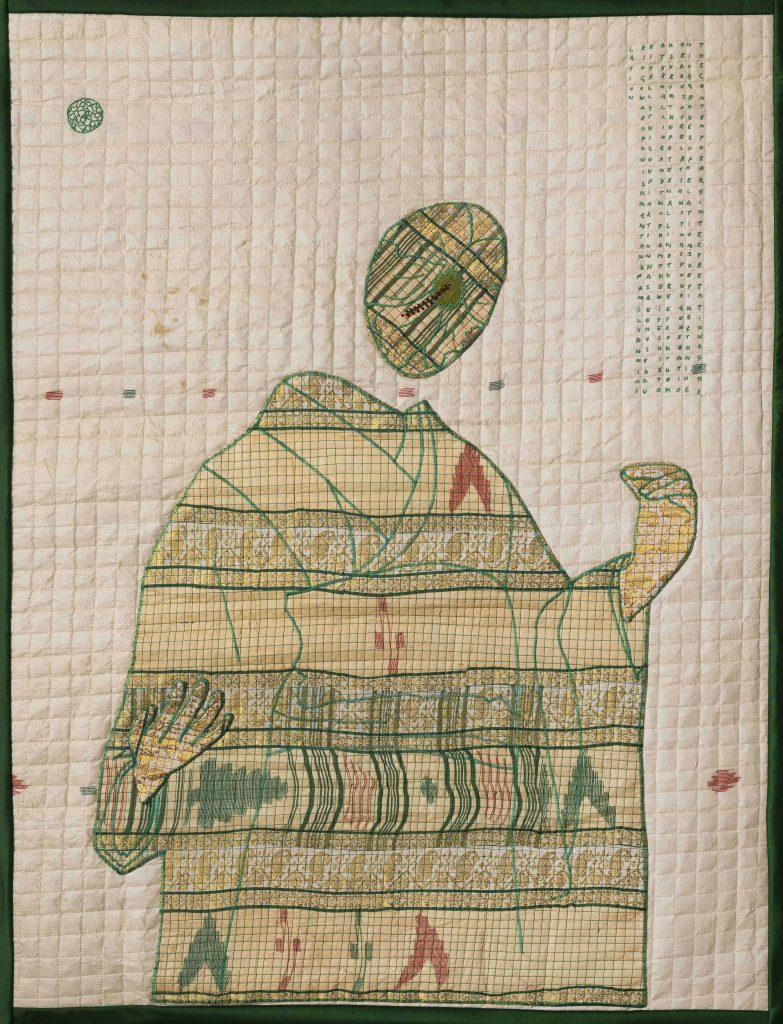
DP: You’ve described your pieces as “sites of tension.” Could you elaborate on what those tensions are—emotional, cultural, or bodily?
KD: All of it and more. The works articulate the absolute structural inequalities of the past, which influenced those of the present. This is where the work deepens: into caste, gendered oppression, and invisible architectures of violence that persist across time. When it’s not enough for a woman to produce a ‘male heir’. When the same woman is expected to bear a son because she needs someone to obey in widowhood. When still-operating caste and class systems are hidden from sight by concrete and technology. The absolute whitewashing of horrific human rights violations.
Read More: DP Trends: Statement Lights Making Waves In These Indian Homes
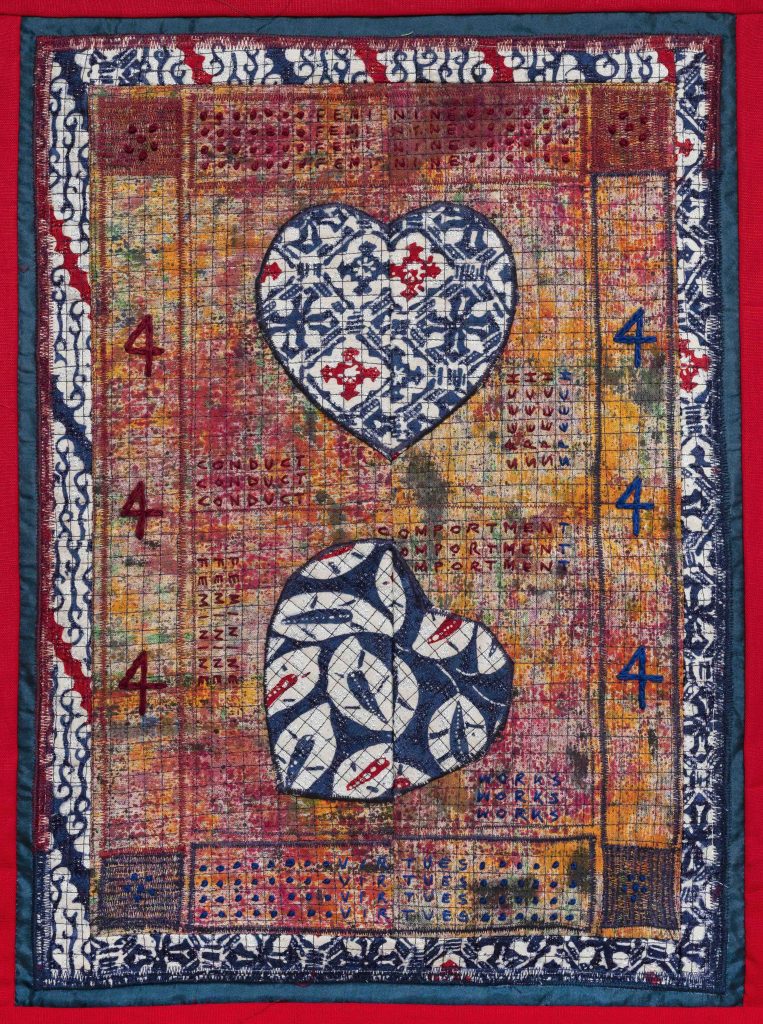
DP: There’s a sense of slowness in your process—not just in time, but in how the viewer must engage with the work. Is slowness an intentional part of your visual language?
KD: As someone living in Kolkata, working with textiles, it does register that the medium ages more rapidly in the subcontinent. Slowness becomes both aesthetic and political. It’s embedded in the act of making, in the handling of fragile cloth, in the way viewers are asked to pause. The process of administering restorative and palliative care to the cloth is a slow process. A purposeful process. A sentient one. And that carries onto the making of the works as well as the people I work alongside to produce the works. “There is a certain languidness in how viewers engage with the works. In previous shows, folks have taken their time, and with great care engaged with them.”






